This post may contain affiliate links where we earn from qualifying purchases from referring you to our favorite products and brands. As an amazon associate, we earn from qualifying purchases. Find out more in our disclosure.
If you’re heading to the mountains for a ski vacation, and you live at a lower elevation, plans to prevent altitude sickness need to be built into your ski trip itinerary. Altitude sickness can affect a wide range of people and it’s a pretty fast way to feel horrible on your ski trip. The good news is that there are some really easy things that you can do to prevent altitude sickness.
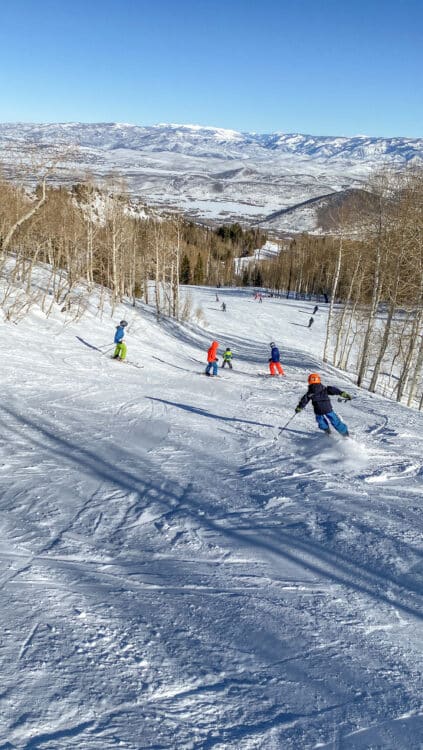
I clearly remember the first time I encountered another skier with altitude sickness while skiing. I was at the top of a lift, skiing with my kids when a man asked me for directions. He was obviously not thinking straight and repeated himself several times. The whole time he had his hand on his head and looked like he was in pain. I asked him if he was okay, and he told me he needed to sit down. He used to live in the Rockies but had just flown into Utah that morning from the East Coast and this was his first day of skiing. I instantly recognized that he was suffering from most of the major symptoms of altitude sickness and called ski patrol.
He was a fit man in his 30s and altitude sickness made him so sick in just a few hours that ski patrol had to help him down the mountain.
The unfortunate part is that if he had taken his time acclimating to the elevation, many of the effects of altitude sickness could have been prevented and he wouldn’t have lost a day of skiing.
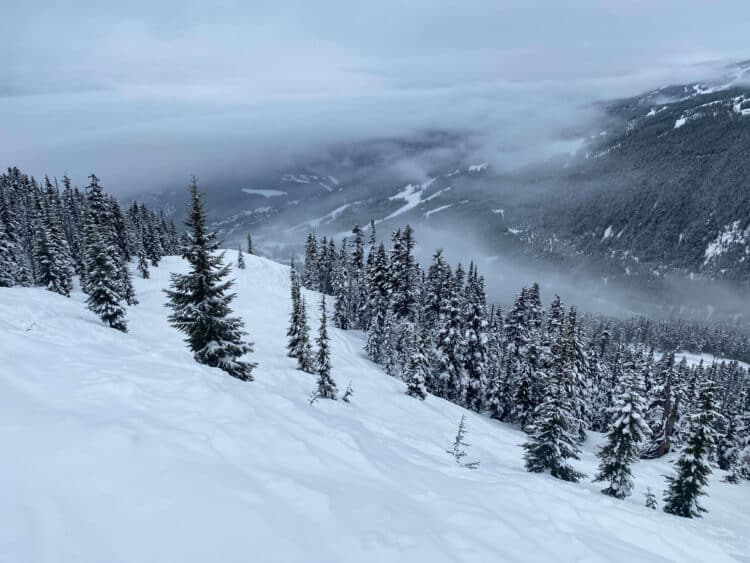
What Is Altitude Sickness?
Altitude sickness is a condition that occurs when you go too high in elevation too fast. It can happen to anyone, but it’s more common in people who don’t live near mountains or who have never been above 10,000 feet. Symptoms of altitude sickness include headache, nausea, vomiting, fatigue, and lightheadedness. If you experience any of these symptoms, it’s important to descend to a lower altitude as soon as possible.
This makes visiting high altitude ski areas in Colorado or skiing in Utah can often be an issue for visitors.
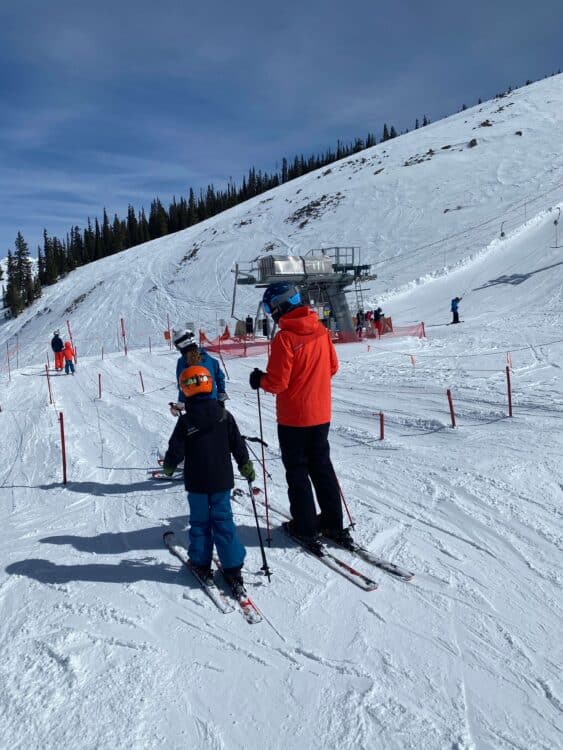
Who Is Most Susceptible To Altitude Sickness?
Anyone can get altitude sickness, but there are certain groups of more susceptible people. Young children and older adults are most likely to get altitude sickness. While fitness level doesn’t necessarily make you more susceptible to altitude sickness, you may notice its effects more if you are out of shape.
I first got altitude sickness myself when I was a teenager climbing a high mountain in Colorado. I was a very active teen and in fantastic shape, so getting altitude sickness made me feel weak and powerless. What I since learned is that some people deal with altitude sickness more easily than others. I’ve experienced altitude sickness MANY TIMES since then, and it’s often frustrating to me to get sick even when other members of our group don’t (even if I’m in better shape). I now know that I’m more likely to experience altitude sickness which has helped me learn how to best prevent it.
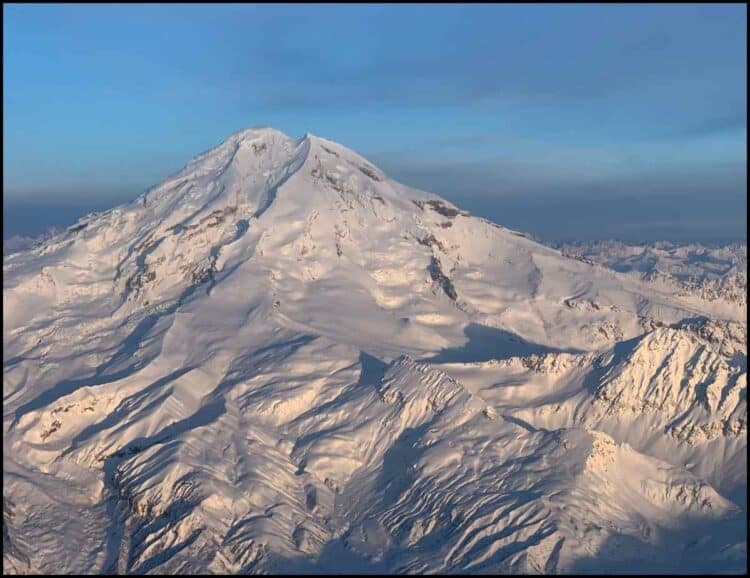
Altitude Sickness In Young Children and Babies
Young children and babies are more susceptible to altitude sickness because their bodies are not yet used to the lower oxygen levels at high altitudes. They may also have difficulty regulating their breathing and body temperature. Symptoms in young children include irritability, poor appetite, sleep problems, and vomiting. If your child experiences any of these symptoms, it’s important to take them to a lower altitude as soon as possible. If you are traveling to a high altitude with a baby, be especially aware of how they are adjusting since they can’t effectively communicate their symptoms.

Symptoms Of Altitude Sickness
There are three main types of altitude sickness: mild, moderate, and severe.

Mild symptoms of altitude sickness include headache, fatigue, lightheadedness, and loss of appetite. If you experience any of these symptoms, it’s important to drink plenty of fluids and avoid alcohol. You should also take it easy for the first day or two at altitude, and avoid strenuous activity. If your symptoms worsen, it’s important to descend to a lower altitude.
Moderate symptoms of altitude sickness include all of the above plus nausea and vomiting. If you experience any of these symptoms, it is crucial that you descend to a lower altitude as soon as possible. You should also seek medical help if possible.
Severe symptoms of altitude sickness include all of the above plus shortness of breath, confusion, and unconsciousness. If you experience any of these symptoms, it is imperative that you descend to a lower altitude immediately and seek medical help.
Are you seeing a trend? If you have any symptoms of altitude sickness, get to a lower elevation ASAP.
How To Prevent Altitude Sickness
The best way to prevent altitude sickness is to ascend slowly and allow your body time to adjust. If you’re on a ski trip and want to ski as much as possible, this can be a bit of a challenge. If you’re not used to high altitudes, we recommend taking a full day to adjust to the elevation. Plan on being moderately active, but not going too high during the day. A light hike, swimming at the resort pool, or snowshoeing are all great options.
Throughout your trip, it’s also important to drink plenty of fluids and avoid alcohol. We find that these electrolyte mixes help us to adjust and stay hydrated better.
We also find that eating several small meals instead of a couple of large ones when you first arrive can help with the adjustment to higher altitude for skiing.
If you are taking any sort of medication, make sure to consult with your doctor before your trip to make sure it won’t exacerbate your symptoms of altitude sickness.
How To Treat Altitude Sickness
If you do start to feel sick, descending to a lower altitude is the best way to treat your symptoms. This is especially true if you’re on the ski hill. If you start feeling dizzy, weak, lightheaded, or incoherant, decent as soon as possible. If you continue to ski and push through the altitude problems, you’ll be a bigger risk to yourself and others. If your symptoms are severe enough that you cannot safely ski down the mountain, contact ski patrol immediately.
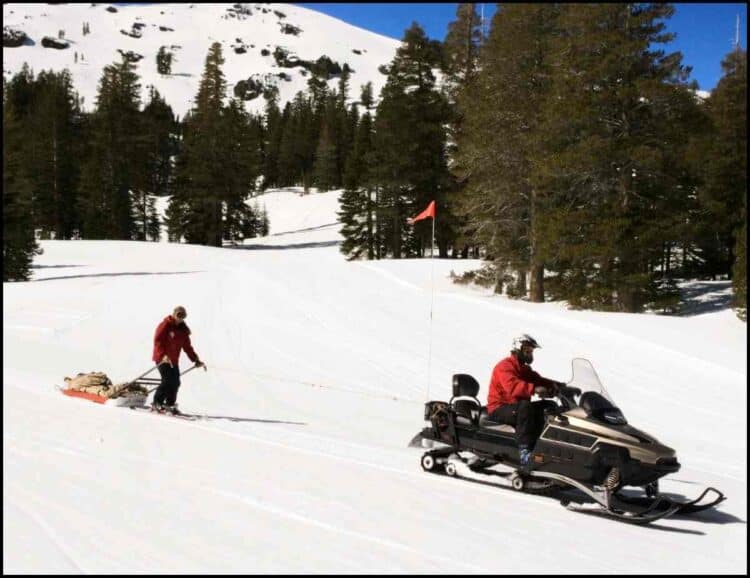
Often, getting to a lower altitude and hydrating well will be enough for your body to recover and you can try hitting the ski hill the next day.
If left untreated, altitude sickness can make you sick for days and even result in hospitalization. Altitude sickness can quickly ruin your ski trip if you just try to push through it and your body gets even sicker.
If your symptoms are severe, you may need to see a doctor. Occasionally, doctors will offer oxygen therapy, IV fluids, or even medication.
Should I Take Medication To Prevent Altitude Sickness?
This is something that you should consult with your doctor about if you have a history of altitude sickness. Some medications are available, though most of them are reserved for altitudes higher than most ski resorts.
I personally took them when summiting Mt Kilimanjaro, and saw few positive effects in combating my altitude sickness.
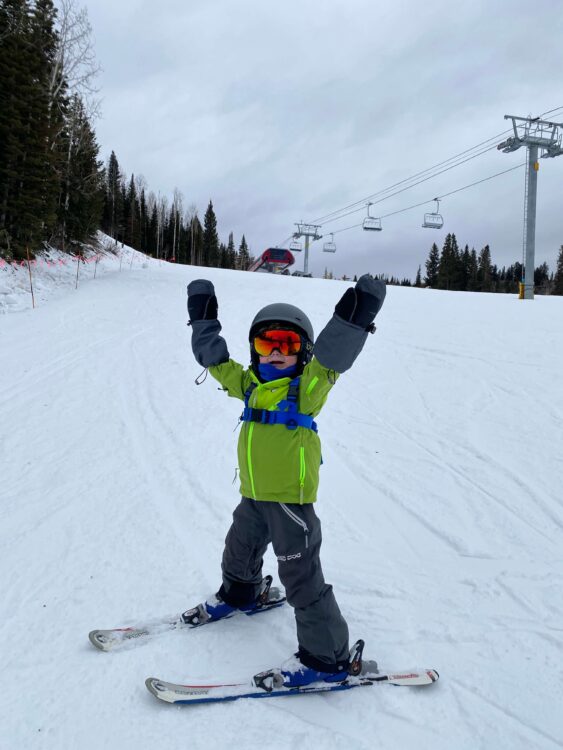
Altitude sickness can ruin your ski vacation if you’re not careful. Remember to slowly acclimate to the altitude, stay incredibly well hydrated, and get enough rest. If you do start to feel sick or experience any symptoms of altitude sickness while skiing, descending to a lower altitude is the best way to treat your symptoms.
